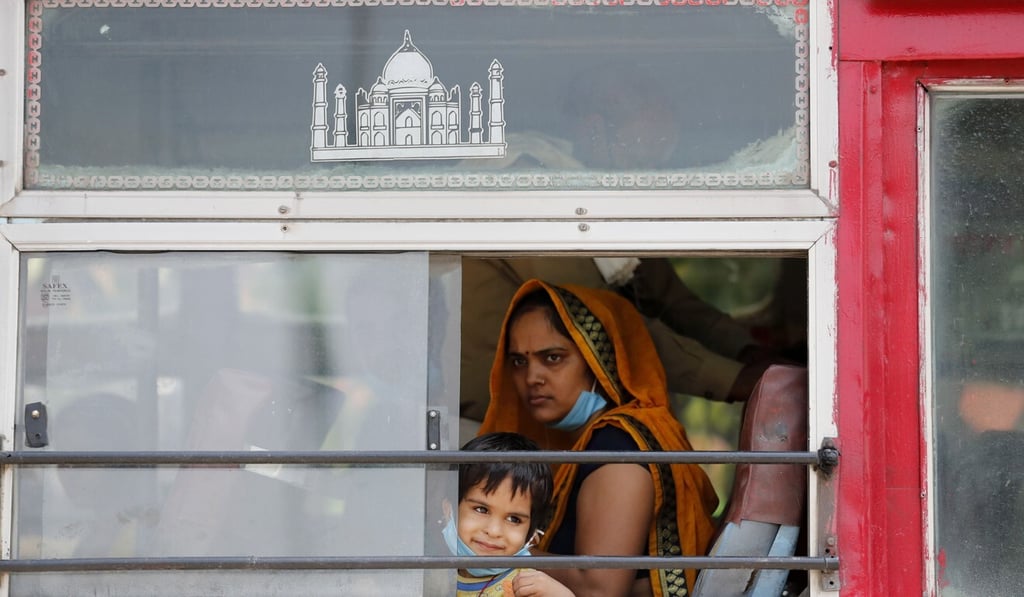Analysis | Coronavirus lockdown: if India treats its migrant workers like dirt, blame it on caste
- Heart-rending scenes of migrants escaping the cities in a lockdown fail to move the authorities
- The higher-caste policy elite sees only low-borns struggling to survive, and cannot understand the fuss. Isn’t that the natural order of things?


01:57
Last Friday, 16 migrant labourers were crushed to death by a goods train. They were walking along the tracks and had fallen asleep, exhausted, and had assumed that trains were not running because of the lockdown. On Thursday, eight migrants died when the truck they managed to hitch a ride on collided with a bus. There is no concrete figure of just how many have died so far fleeing hunger while their government says it is trying to protect them from a pandemic.
Suddenly forced out of the woodwork by the coronavirus and spilling out on to the highways, the hitherto-invisible migrant worker has been staring out of prime time news at adequately stocked Indians wrestling with the monotony of watching Netflix and working from home. The distress of India’s informal labour has never been more visible. Except to India’s rulers.
Theinitial government guidelines on the lockdown did not even mention migrant workers. The federal and most state governments have not bothered with any meaningful plans for them, such as providing regular rations or helping businesses pay their wages. For weeks after the lockdown began, there was no talk of transporting them back to their places of origin. Beyond holding them down in cramped, unhygienic shelters with little or no food and zero or scant allowance, there was nothing. Their dehumanising indignity contrasts with the triumphant return home of another kind of migrant worker, the prized Non-resident Indians (NRIs), and rich students stuck in Covid-hit countries such as China, Italy and Iran, who were evacuated by special flights arranged by the government before the lockdown.

